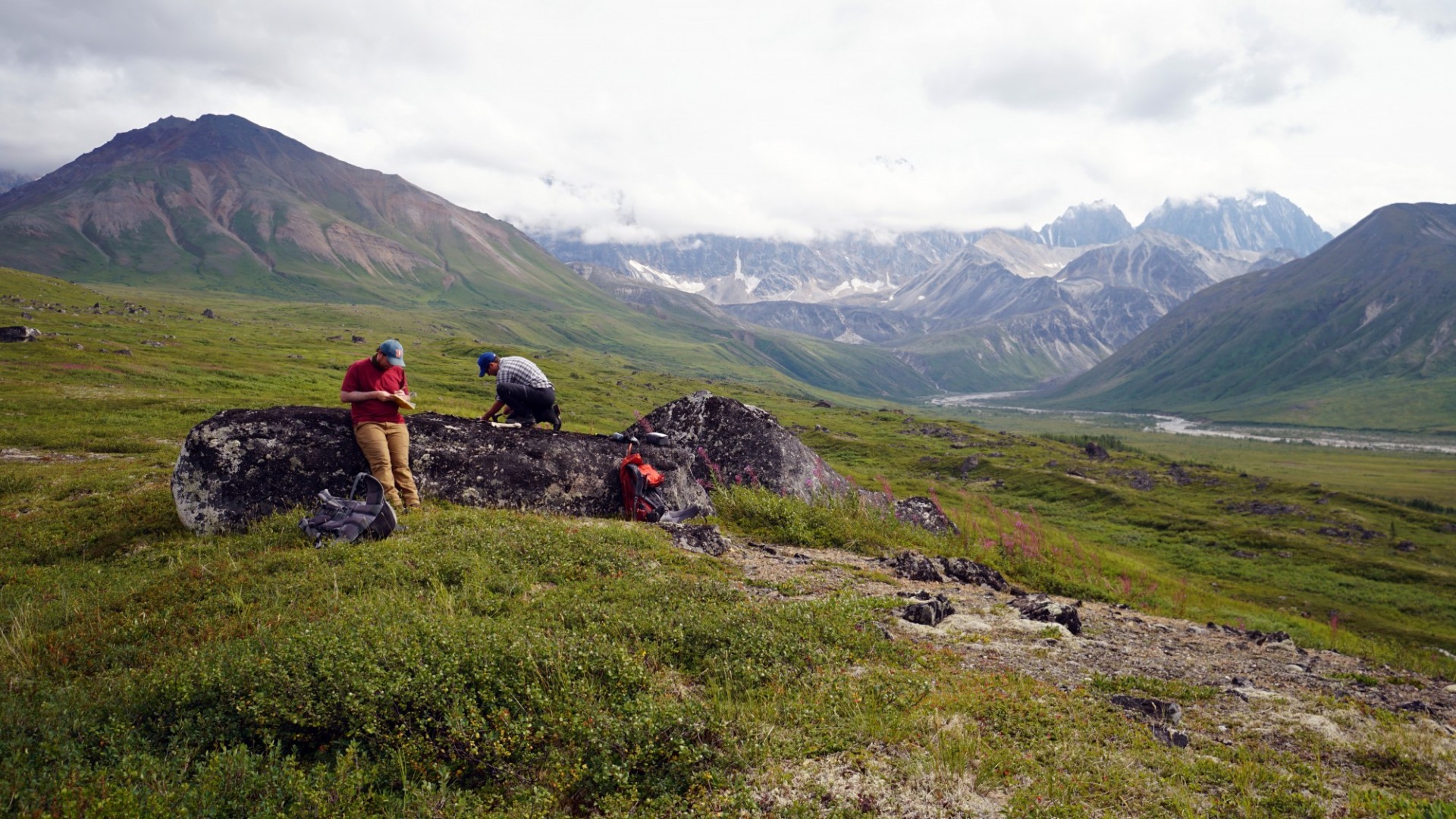Project Description
To better understand the trajectory of future glacier change, and related environmental variability, better regional influences on glacier behavior across the planet must be elucidated. For this reason, detailed knowledge of regional glacier change and their deviations from the global pattern are critically needed for paleoclimate and glacial-geomorphology communities. Carbon dioxide changes during the last deglaciation were tightly coupled to mountain glacier change. Yet, this compilation lacked data from the high latitudes. Recent research hypothesizes that carbon dioxide in modern times has overwhelmed regional drivers and has become the dominant control on glacier change. The proposed research aims address these ideas by filling in a key data gap. The investigators will test two hypotheses that are at the forefront of paleoclimate and glacier science. (1) Atmospheric carbon dioxide is the primary forcing mechanism of mountain glacier change. (2) Glaciers outside the North Atlantic region advanced during Heinrich stadials, but retreated prior to their terminations. The researchers will reconstruct a highly detailed mountain glacier record from the high northern latitudes, temporally spanning from the last deglaciation to the present. Because continental ice sheets covered most of the high northern latitudes during Ice Ages, there are few accessible sites that offer detailed glacier moraine sequences with materials that can be precisely dated. Because Alaska remained largely untouched by continental sheets during the last glacial period and was instead dominated by mountain glaciers, this is an ideal location to benchmark and develop a record of glacier change since last deglaciation. We will combine cosmogenic Beryllium-10 dating of an exceptional moraine sequence in the Revelation Mountains in western Alaska with digital mapping and glacier equilibrium-line altitude analysis to test their hypotheses and to benchmark a regional record of mountain glacier change.

